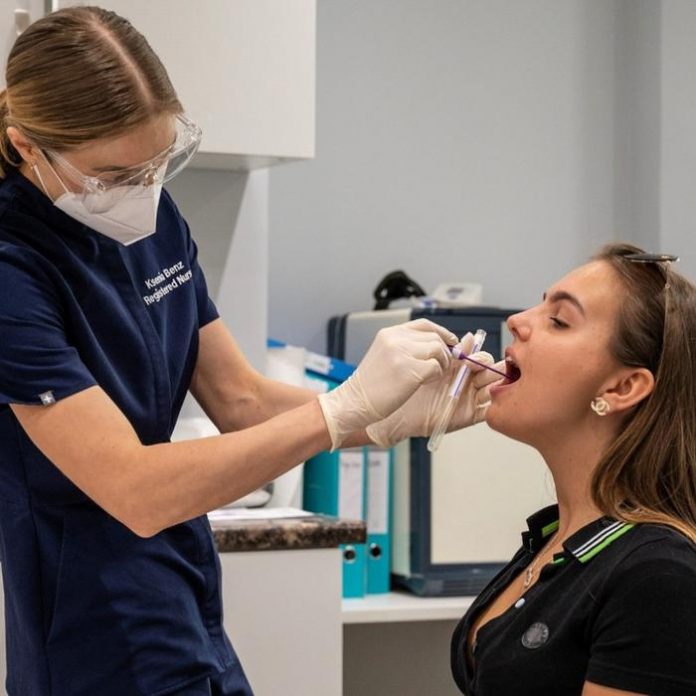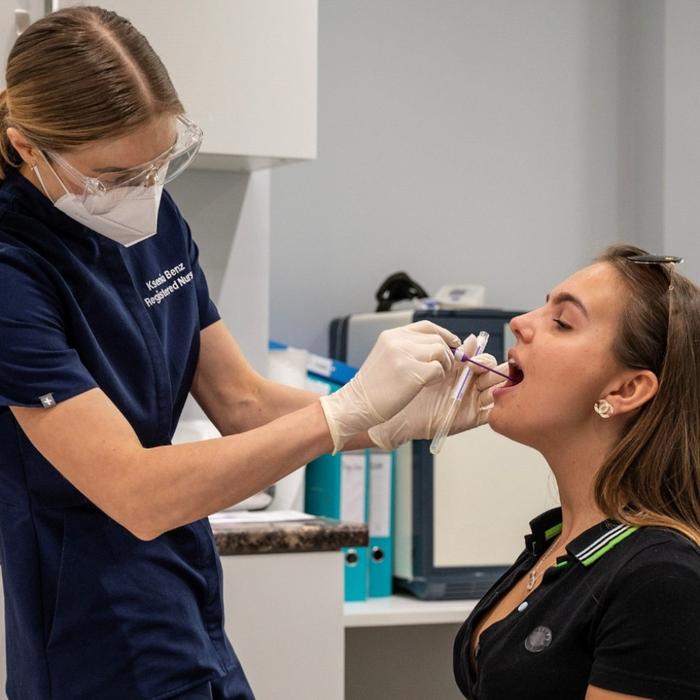Dr Mark Ali, cardiothoracic surgeon and founder of the Private Harley Street Clinic, discusses what constitutes a safe and effective return to work strategy
Businesses must understand that they have legal responsibilities under Public Health England’s (PHE) guidance. As businesses re-open, it is likely that new cases will arise, as has been witnessed in other parts of the world where restrictions have been relaxed. A second (or even multiple) wave is a very real threat. Companies must be prepared and a rigorous testing protocol (for presence of the virus) will ensure that employers can test, track and trace cases as they arise.
Many employees will not qualify for NHS testing, and even if they do, turnaround times of up to 4 days may render them too slow.
“Organisations have a legal and moral responsibility to provide a safe return to work programme for employees,” says Dr Mark Ali, Medical Director of the Private Harley Street Clinic, and a Cardiothoracic Surgeon of 30 years’ experience. “This involves having a robust clinical testing programme, underpinned by PHE principles. The importance of an app for test and trace is vital as the virus explodes in clusters. It is extremely important that companies set out a clear vision for safe return to work and establish an empathetic open dialogue with employees.” The most important 5 steps for a safe return include;
1. Clinical testing strategy
“Test, test, test,” said the Director-General of the WHO early on. Those countries with widespread rigorous testing have fared much better, and it is clear that testing will be an ever-present vital part of managing risk and response to outbreaks. It is here to stay. Only use approved tests (antigen and antibody tests that are approved by Public Health England) with results interpreted and acted on in line with government guidance. You can test employees for presence of the virus prior to re-entering the workplace (currently performed by a PCR test on a swab sample). This testing would be part of an ongoing programme to detect and respond to cases and minimise transmission.
2. Private test and trace apps
In addition to the NHS’ own track and trace app, corporations should consider bringing in their own sophisticated tracking apps. The clinic uses a reliable dynamic solution that allows companies to quickly react in case of infection, without the need to lock down the whole office or building. This app use standalone wearable technology (rather than a smart phone) and has improved indoor accuracy which stays attached to the employee all day. Information is stored locally creating a company-wide tracking system. It can be given to visitors and is highly accurate.
3. Workplace modifications
Many employees are not currently eligible for NHS testing. Businesses should consider using private testing that follows government guidelines. The testing programme should be robust with protocols that are bespoke to the specific organisation and different groups within the company depending on exposure risk. Some may wish to swab high risk employees at a regular frequency, irrespective of symptoms, as it is well recognised that asymptomatic and pre-symptomatic spread are great drivers of the disease. Imperial College analysis suggests that testing healthcare workers once weekly would reduce transmission by a further 16-23% on top of self-isolation based on symptoms. The Premier league, for example, aims to reassure players by testing with swabs twice a week. Care homes in the USA now swab staff twice weekly. Alternatively, for employees without customer-facing roles and lower risk activities, employers may choose to swab only in response to symptoms. This is in line with current practice for key workers. Employers may also consider swabbing unwell household contacts to minimise work lost due to quarantining.
4. Education – ethics, legal, social responsibility
The government has already started to release guidelines for “covid-safe workplaces” and any return to work strategy must follow these. In addition, it is crucial for organisations to develop clinical strategies and protocols to safeguard employees, customers and clients on return to activity. Each organisation must have robust systems in place to monitor and respond to infection when it occurs. It is likely there will be a second (or even third) wave of infections and companies must be prepared to manage this. https://www.gov.uk/guidance/working-safely-during-coronavirus-covid-19
5. Good communication
As a business you will need to get your people to buy into the concept of your return to work. Good and open communication should spell out the benefits and importance of your strategy. Make it easy for people by adding value and giving employees a service that is going to help them. Make use of good simple technology to make it easy for everyone to be compliant.
A free guide and further information for employees and employers can be found at https://privateharleystreetclinic.com/pages/getting-employees-safely-back-to-work












